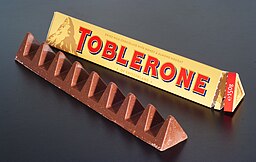Last year, I noticed General Mills' family-sized boxes of cereal went down from 19.3 ounces to 18.1 ounces. Hardly noticeable to most people but it means that the unit cost per ounce of the product has increased, but the average price remained about the same and it looks pretty much the same to consumers.
In 2003, I noticed that my Dannon yogurt was "cheaper" than other brands and then I realized that the containers shrank from 8 ounces to 6 ounces. These are examples of shrinkflation.
The news is full of stories lately about inflation, but shrinkflation is done to maintain a product’s price by shrinking its size or contents. A soda "quart" shrinks to 25.7 ounces. Who is counting that the candy bag that had 30 pieces now only has 26?
It's all about economics. Shrinkflation (AKA the grocery shrink ray, deflation or package downsizing) is not only shrinking products in size or quantity but even reformulating or reducing quality while usually maintaining prices.
In 2010, Kraft reduced its 200g Toblerone bar to 170g by putting larger gaps between the peaks

Some coffees that were sold in 1lb (453.6g) bags shrank to 400g or smaller in the 1980s. It helps that Americans never have figured out the metric system so the grams measurement didn't register. Tetley tea bags started being sold in boxes of 88 instead of 100.
In candyland, Nestlé reduced its After Eight Mint Chocolate Thins box from 200g to 170g and the Cadbury's Crunchie was sold in packs of three instead of four.
This year Procter & Gamble reduced the number of double-ply sheets per roll from 264 to 244 sheets in the 18-count mega package. What does that add up to? It's approximately a roll and a half less in that mega-package.
This post originally appeared on my Weekends in Paradelle blog

No comments:
Post a Comment
All comments need to be approved by the admins. Spam will be deleted.